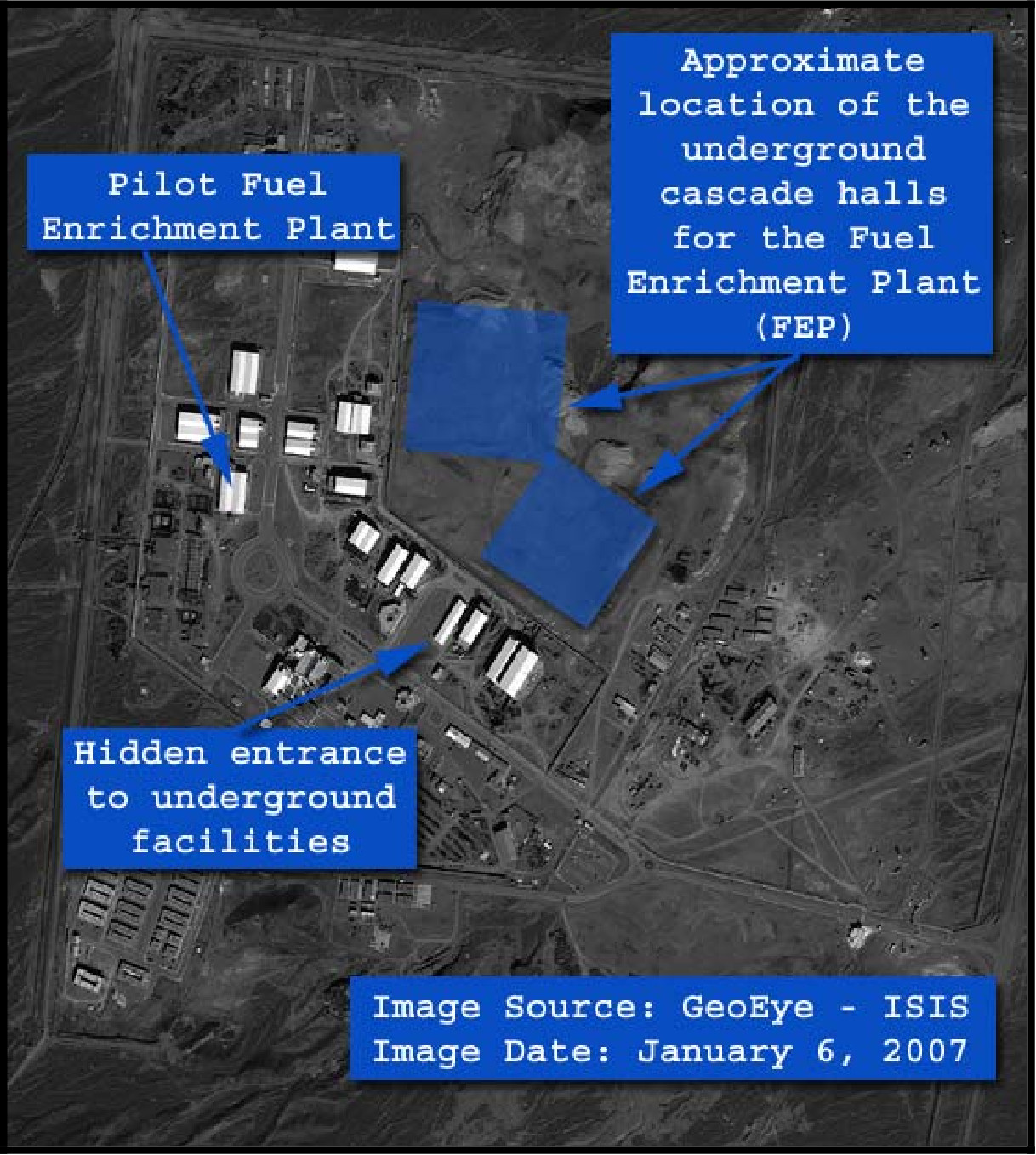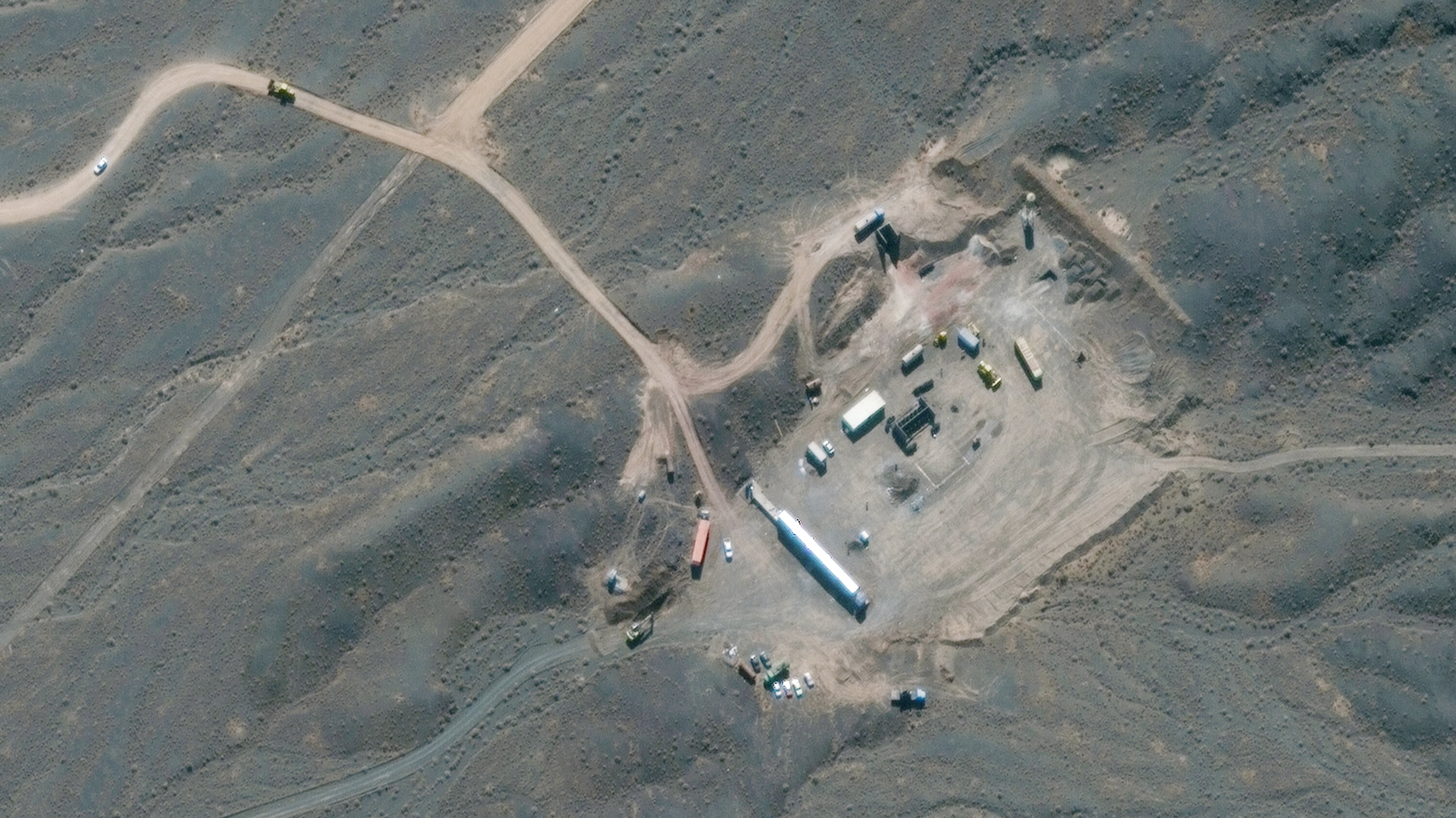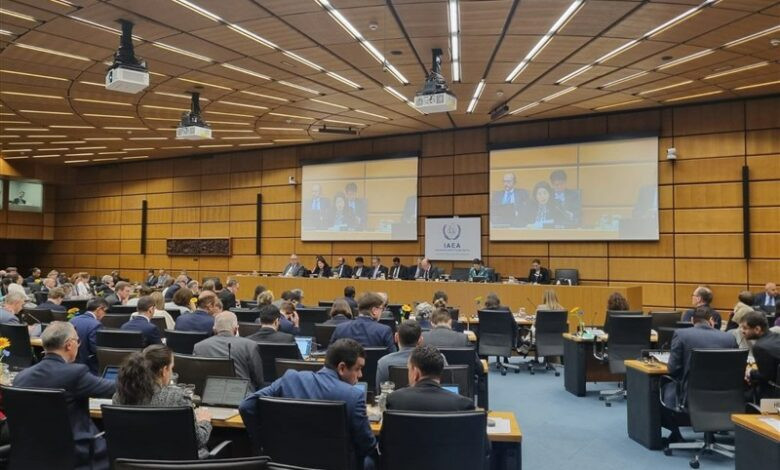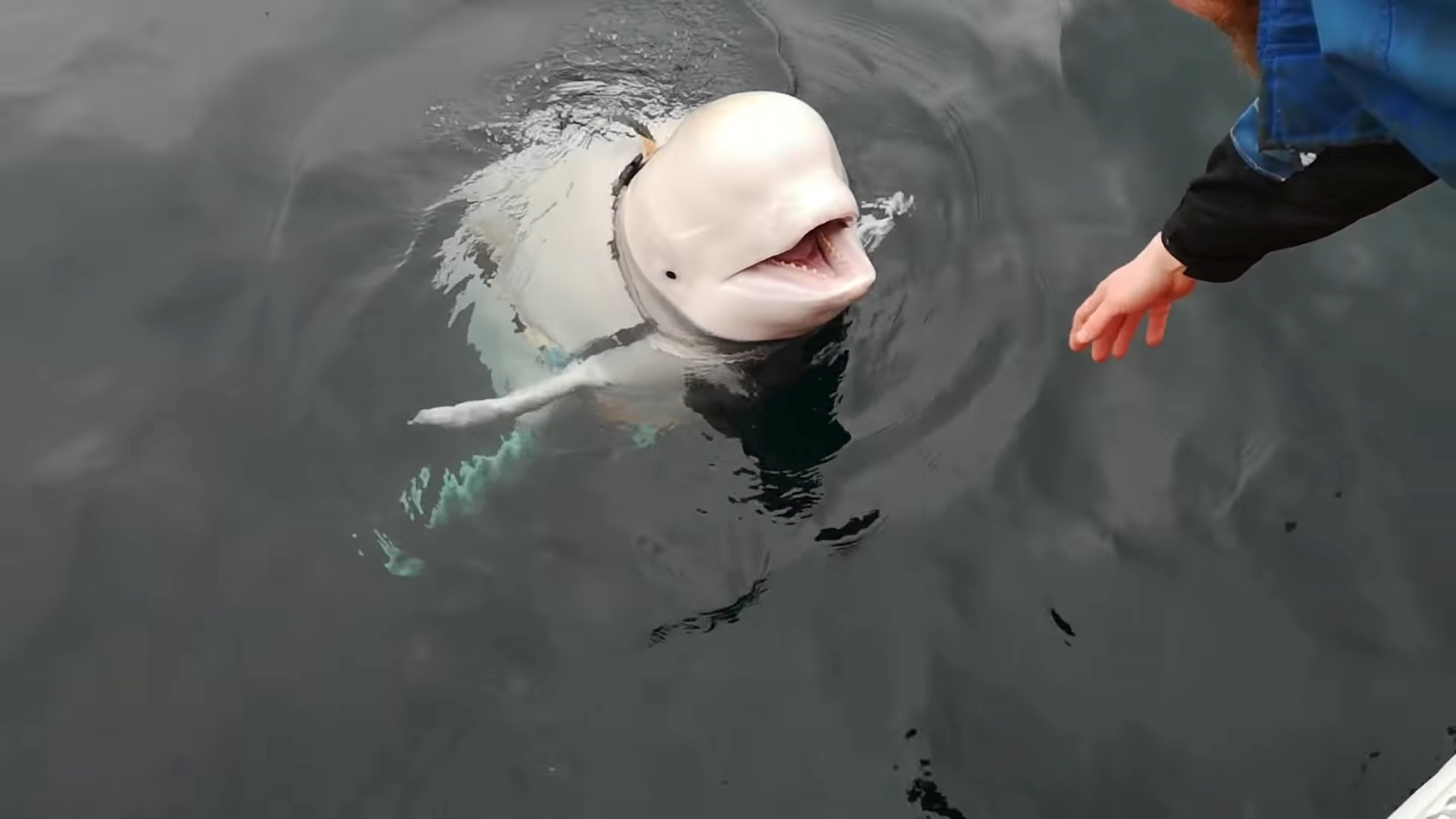Western intelligence officials have reported renewed and accelerated activities at two critical former Amad Plan sites in Iran—Sanjarian and Golab Dareh. These sites were pivotal in the early 2000s when Iran’s crash nuclear weapons program, known as the Amad Plan, was at its peak. These two sites were instrumental in developing a sophisticated multipoint initiation (MPI) system, testing high explosives, and creating diagnostic equipment essential for nuclear weapons development. According to reports provided to the Institute for Science and International Security (ISIS), the activities have been reactivated and accelerated over the past year and a half.
The recent activities at these sites are reportedly being carried out by experts from Iran’s Organization of Defensive Innovation and Research (SPND). SPND, which evolved from the Amad Plan, continues to employ many of the personnel and material assets from that era. The organization is considered the hub of Iran’s nuclear weaponization efforts. Crucially, the former Amad personnel involved appear to have significant autonomy within SPND, raising concerns about the nature and scope of the renewed activities.
While specific details about the activities at Sanjarian and Golab Dareh were not disclosed, intelligence reports suggest the involvement of high explosive tests and sensitive technical research. These activities could be filling critical technical gaps in Iran’s nuclear weapons program. The timing of these developments is particularly concerning, as they coincide with Iran’s significant progress in its uranium enrichment program—progress that has shortened the breakout time for producing weapons-grade uranium to approximately one week, according to assessments by the International Atomic Energy Agency (IAEA) and ISIS.
The Sanjarian site, located about 20 kilometers east of Tehran, was a key facility for testing and manufacturing components for nuclear weapons during the Amad Plan. The site was specifically involved in the development of a “shock wave generator,” a sophisticated MPI system, and the production of the high explosive PETN, used in nuclear weapons testing. The activities at Sanjarian were largely conducted inside two specialized chambers, making them difficult to detect from the outside.
Documents from the Nuclear Archive, obtained by Israel in 2018, reveal that 136 tests were conducted at the Sanjarian site between September 2002 and April 2003. These tests were part of a broader effort across four Amad sites to develop nuclear weapons components. The site remained active until 2009, when it was first publicly exposed. Since then, low-level activities were maintained until early 2021.
Recent satellite imagery shows renewed and intensified activity at Sanjarian, including an increased presence of personnel vehicles and improvements to the site’s security and landscaping. New trees have been planted along the entrance road, and a new security gate has been installed. These developments suggest that the site is operational and active, although the exact nature of the activities inside the buildings remains unknown.
The Golab Dareh site is located within the highly secure Parchin military complex and was used during the Amad Plan for explosive tests and diagnostic experiments. The site consists of a main bunker and a smaller auxiliary bunker, and was involved in conducting 41 tests during the seven-month period between September 2002 and April 2003.
While the site has changed little since the Amad Plan, recent intelligence reports suggest that the site has become active again, with explosive testing reportedly conducted by SPND experts. However, satellite imagery shows no observable external activity, similar to the situation during the Amad Plan, when explosive tests were conducted inside the bunker without external signs of activity. This raises concerns that additional explosive experiments may have taken place inside the bunker without being externally detected.
The renewed activities at Sanjarian and Golab Dareh may represent a violation of Section T of the Joint Comprehensive Plan of Action (JCPOA). Section T specifically prohibits Iran from engaging in activities related to the development of nuclear explosive devices, including the design, development, or use of MPI systems and diagnostic systems suitable for nuclear explosive devices. The IAEA has the authority to monitor such activities, but there has been no indication that Iran has declared these activities or sought approval for non-nuclear purposes as required by the JCPOA.
Given the serious implications of these activities, the IAEA should investigate the latest information and request access to the sites to assess whether any violations of the JCPOA or Iran’s comprehensive safeguards agreement are occurring. In the absence of access, the IAEA should at least evaluate the intelligence as part of its broader assessments of Iran’s nuclear program.
The renewed activities at Sanjarian and Golab Dareh come at a time of heightened concern over Iran’s nuclear ambitions. Recent statements from Iranian officials have hinted at changes in the country’s nuclear doctrine, which have raised alarms in the international community. Additionally, a recent U.S. intelligence statement noted that Iran has “undertaken activities that better position it to produce a nuclear device,” further underscoring the significance of these developments.
While the exact nature of the renewed activities remains unclear, the involvement of SPND experts, coupled with Iran’s advanced uranium enrichment capabilities, suggests that Iran may be making significant strides in its nuclear weapons program. These activities may also represent a direct challenge to the international community’s efforts to prevent Iran from acquiring nuclear weapons.
The renewed activities at Sanjarian and Golab Dareh are a troubling development that could signify a major step forward in Iran’s nuclear weapons program. As Iran continues to advance its uranium enrichment capabilities, the potential for these sites to bridge technical gaps in nuclear weaponization is a serious concern. The international community, particularly the IAEA, must act swiftly to investigate these activities and hold Iran accountable to its commitments under the JCPOA and other international agreements.
In the absence of transparency and cooperation from Iran, the risk of further clandestine nuclear weapons development remains high. The world will be watching closely as more details emerge about the activities at these critical sites.



















